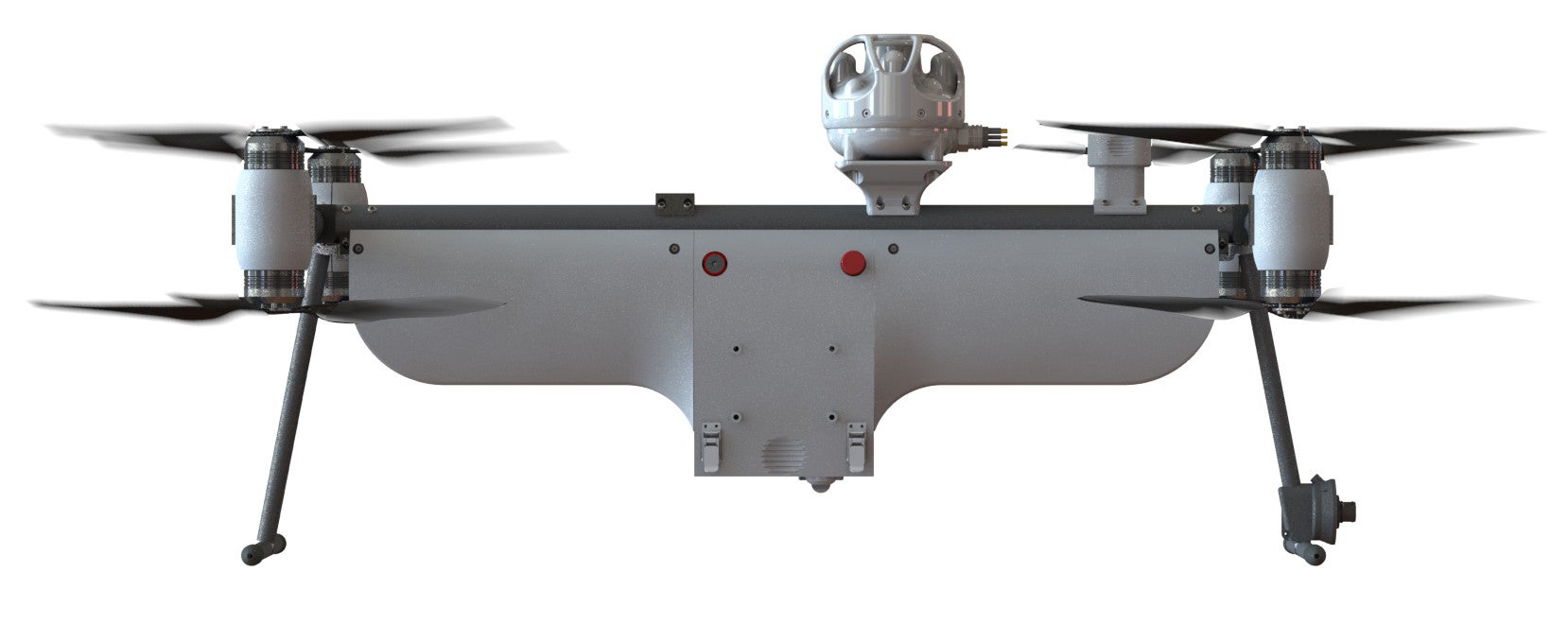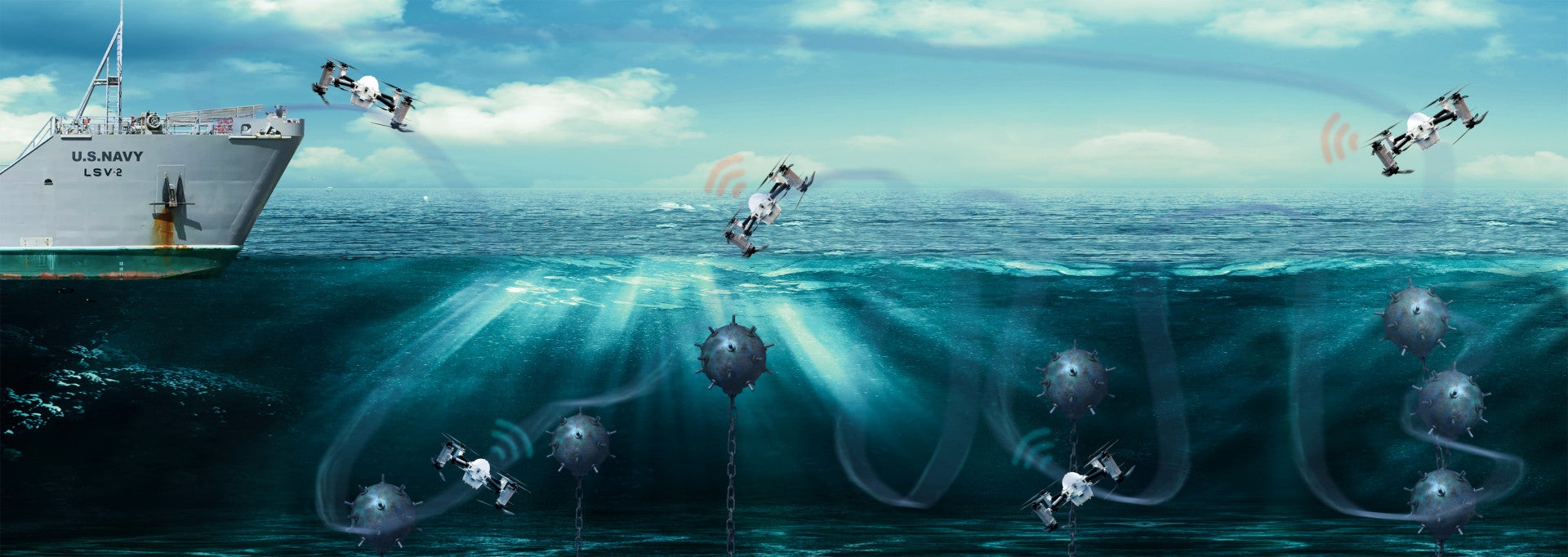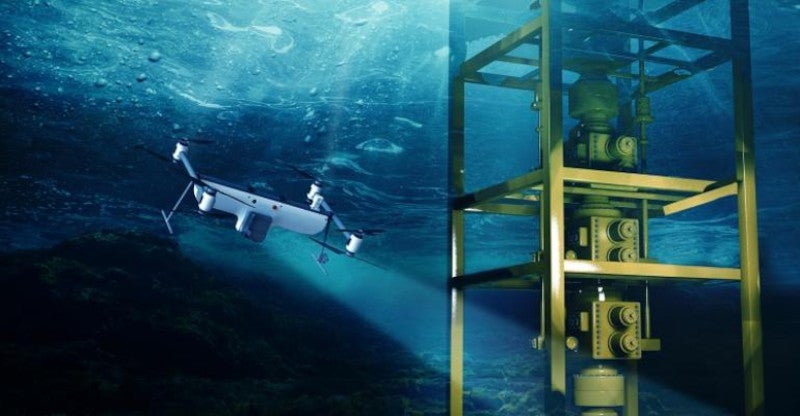Two men who allegedly used 65 Google accounts to bombard Google with fraudulent DMCA takedown notices targeting up to 620,000 URLs, have been named in a Google lawsuit filed in California on Monday. Google says the men weaponized copyright law’s notice-and-takedown system to sabotage competitors’ trade, while damaging the search engine’s business and those of its customers.
While all non-compliant DMCA takedown notices are invalid by default, there’s a huge difference between those sent in error and others crafted for purely malicious purposes.
Bogus DMCA takedown notices are nothing new, but the rise of organized groups using malicious DMCA notices as a business tool has been apparent in recent years.
Since the vast majority of culprits facing zero consequences, that may have acted as motivation to send more. Through a lawsuit filed at a California court on Monday, Google appears to be sending the message that enough is enough.
Defendants Weaponized DMCA Takedowns
Google’s complaint targets Nguyen Van Duc and Pham Van Thien, both said to be residents of Vietnam and the leaders of up to 20 Doe defendants. Google says the defendants systematically abused accounts “to submit a barrage” of fraudulent copyright takedown requests aimed at removing their competitors’ website URLs from Google Search results.
[…]
The misrepresentations in notices sent to Google were potentially damaging to other parties too. Under fake names, the defendants falsely claimed to represent large companies such as Amazon, Twitter, and NBC News, plus sports teams including the Philadelphia Eagles, Los Angeles Lakers, San Diego Padres.
In similarly false notices, they claimed to represent famous individuals including Elon Musk, Taylor Swift, LeVar Burton, and Kanye West.
The complaint notes that some notices were submitted under company names that do not exist in the United States, at addresses where innocent families and businesses can be found. Google says that despite these claims, the defendants can be found in Vietnam from where they proudly advertise their ‘SEO’ scheme to others, including via YouTube.
[…]
Source: Google Sues Men Who Weaponized DMCA Notices to Crush Competition * TorrentFreak
Who would have thought that such a super poorly designed piece of copyright law would be used for this? Probably almost everyone who has been hit by a DMCA with no recourse is all. This is but a tiny tiny fraction of the iceberg, with the actual copyright holders at the top. The only way to stop this is by taking down the whole DMCA system.



